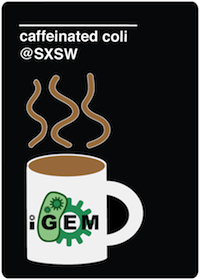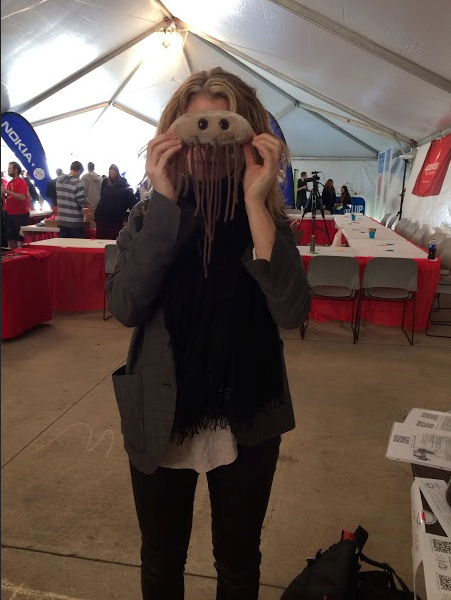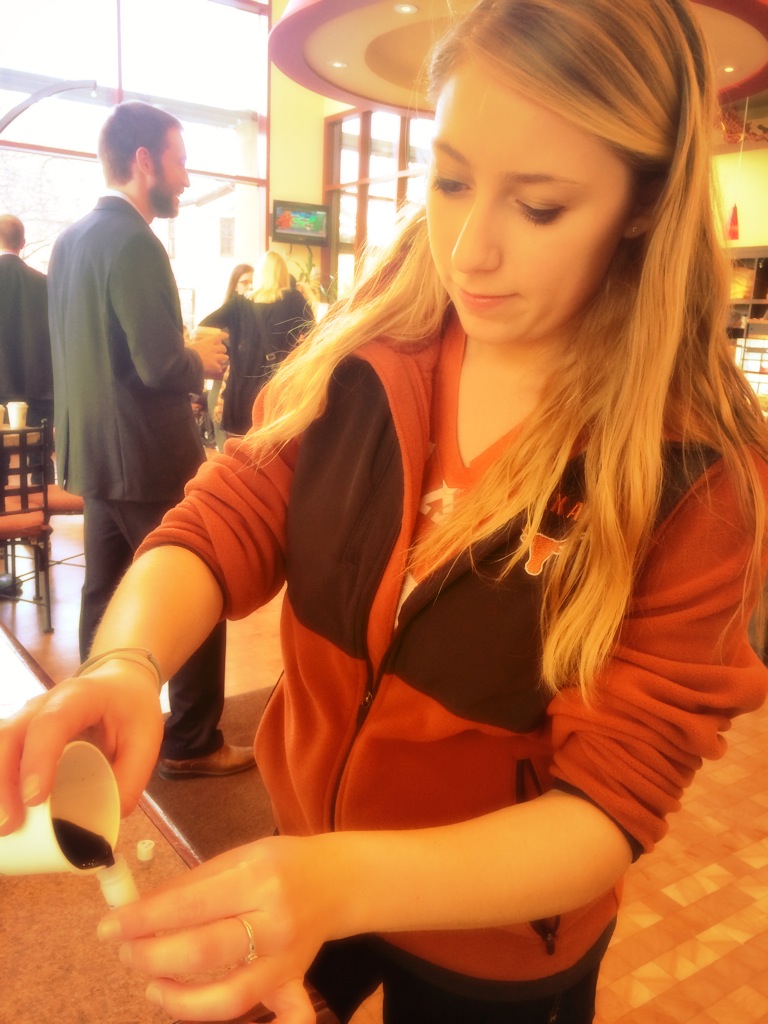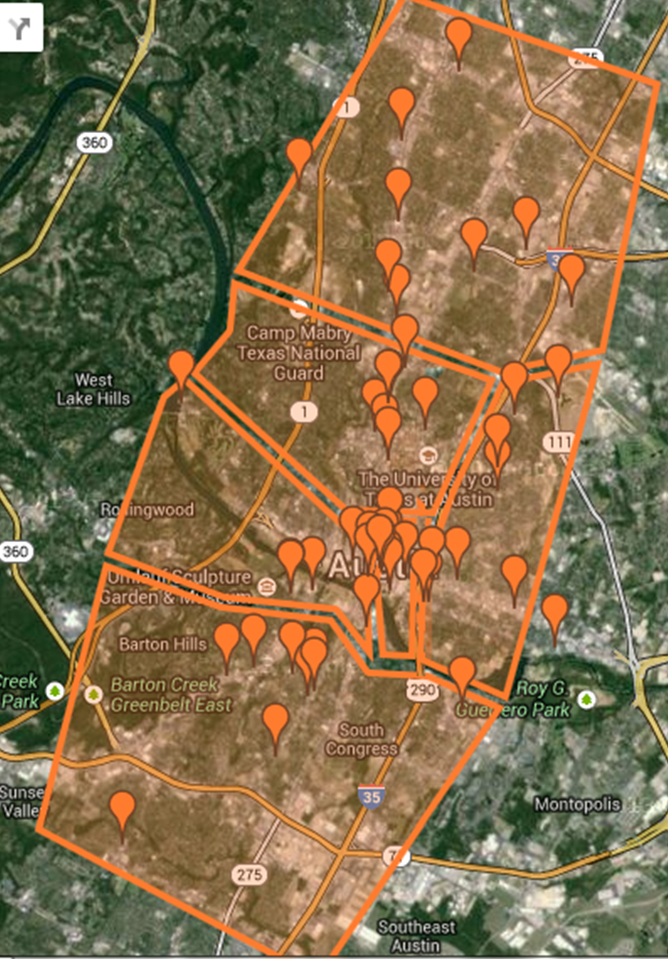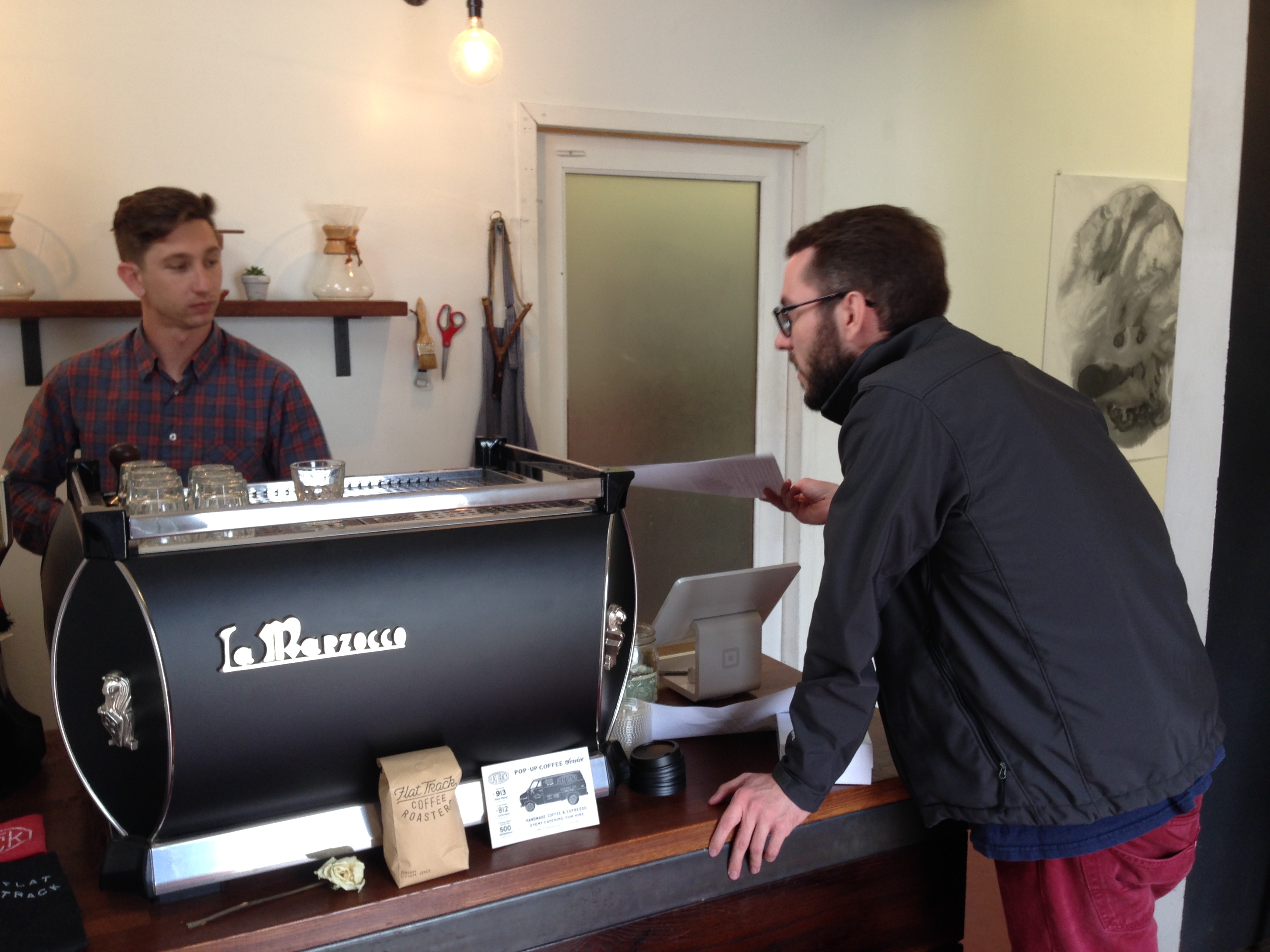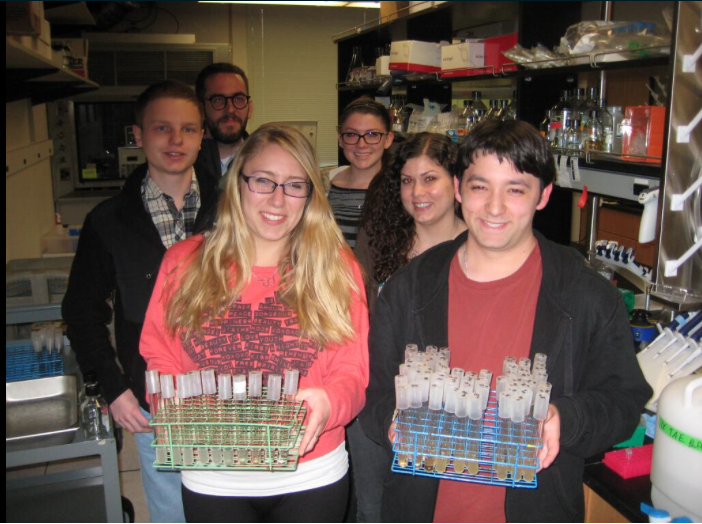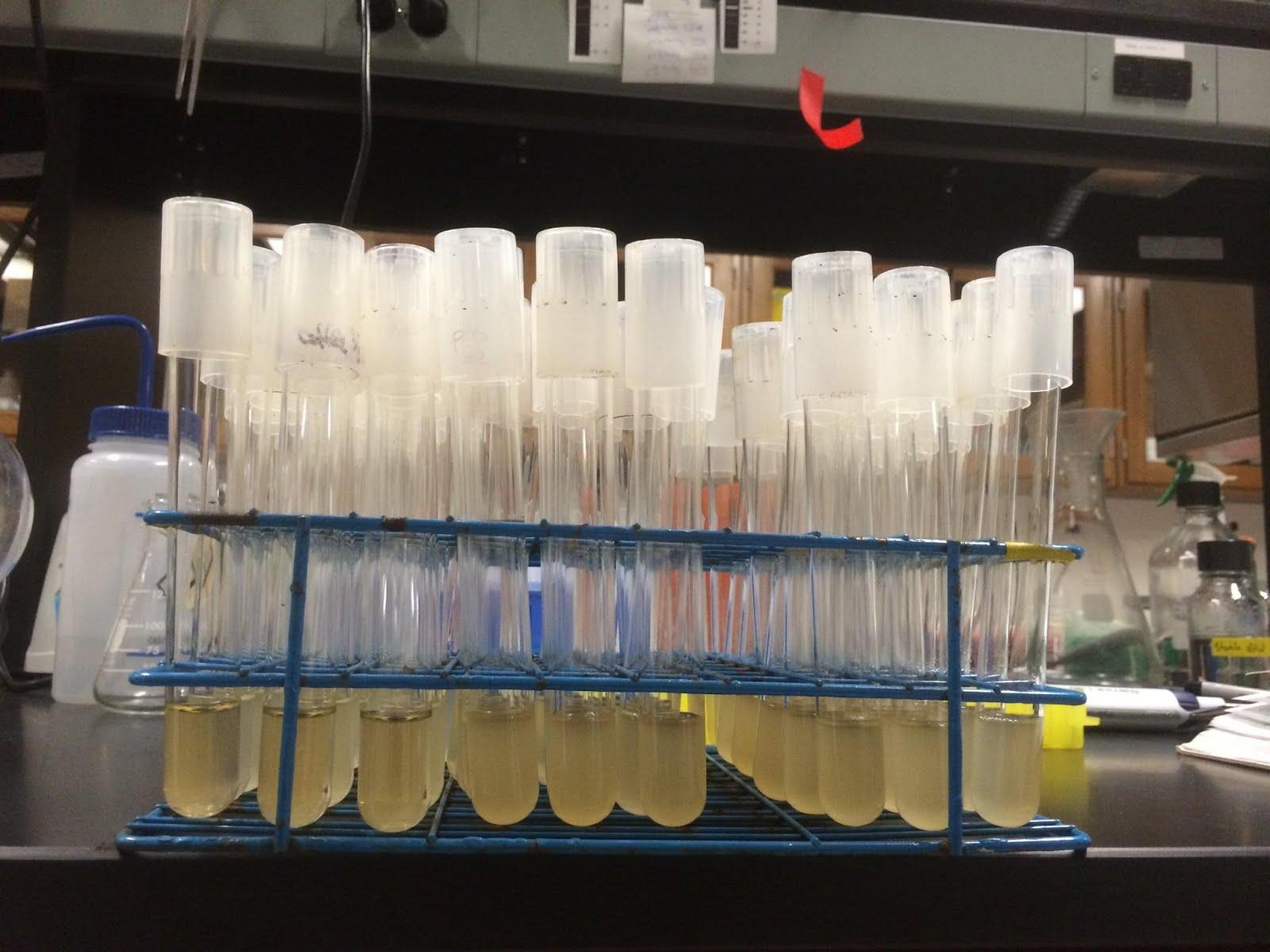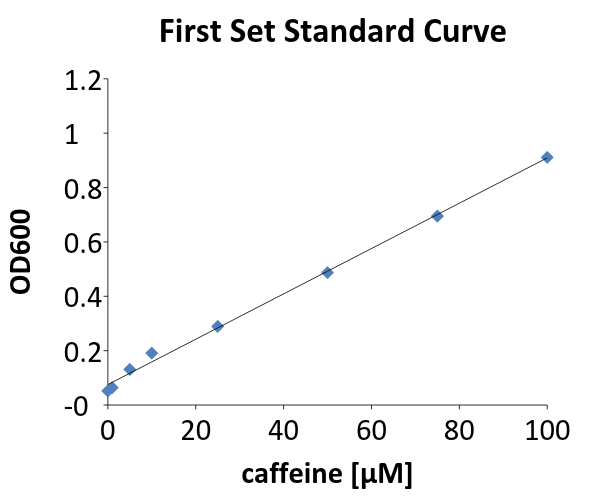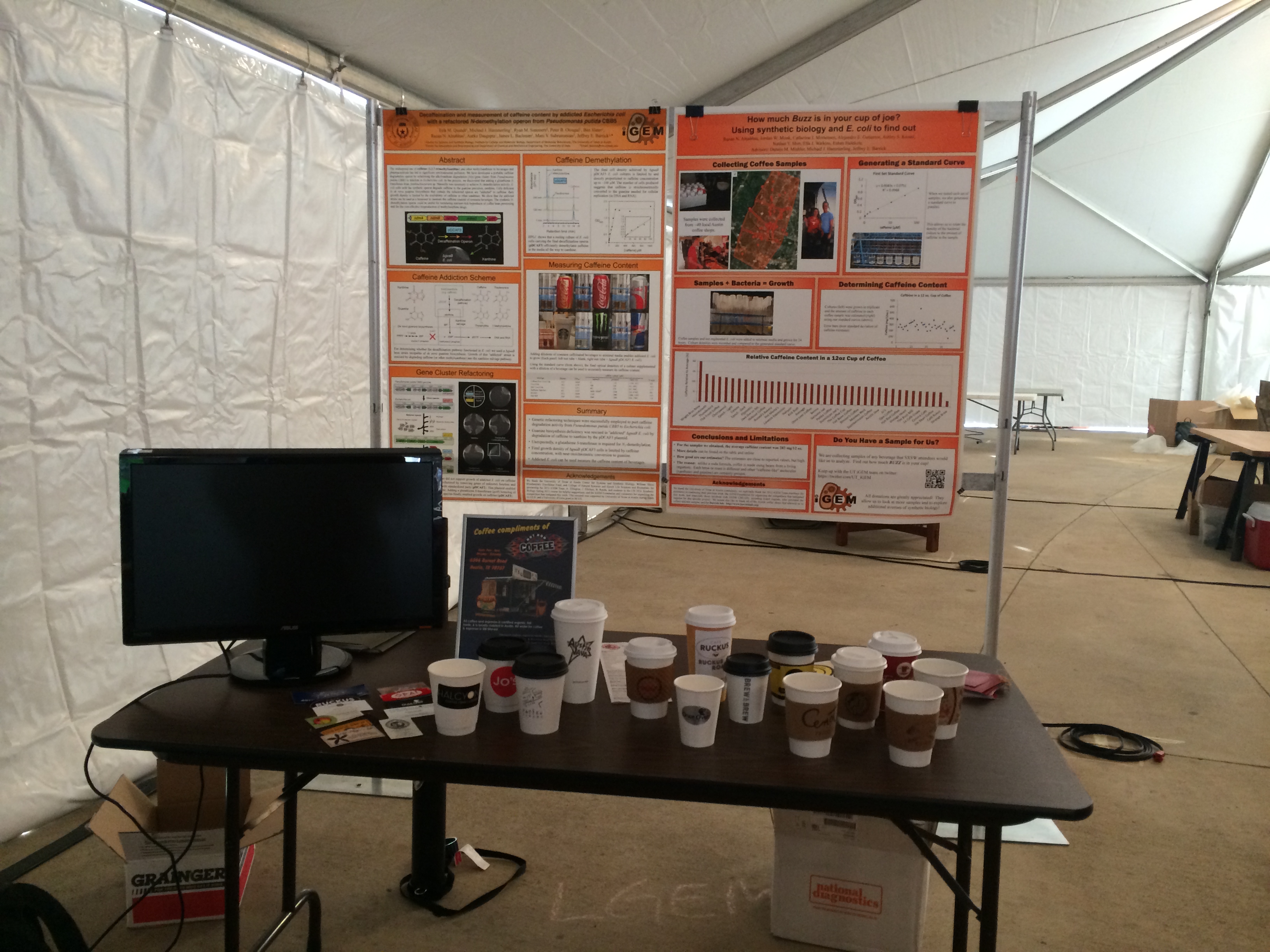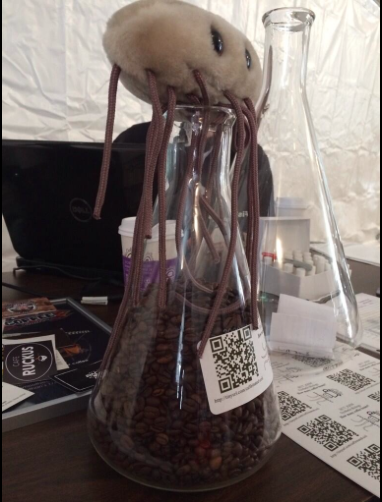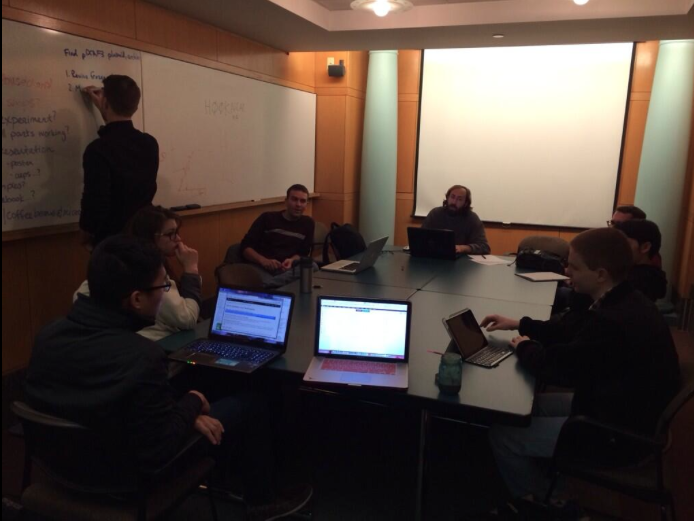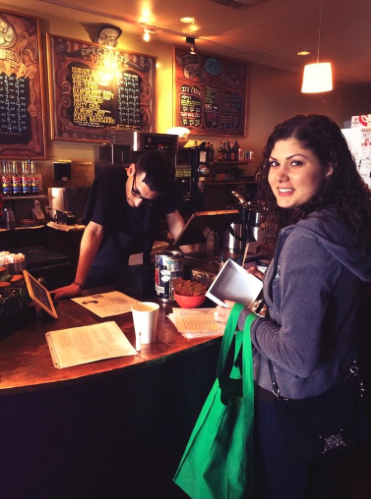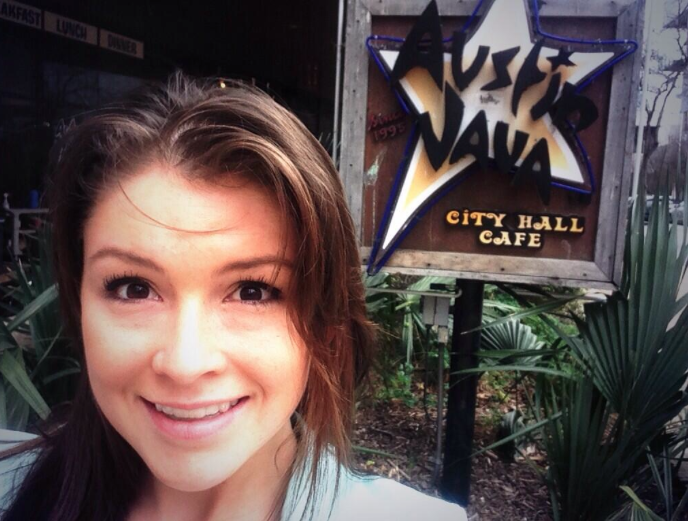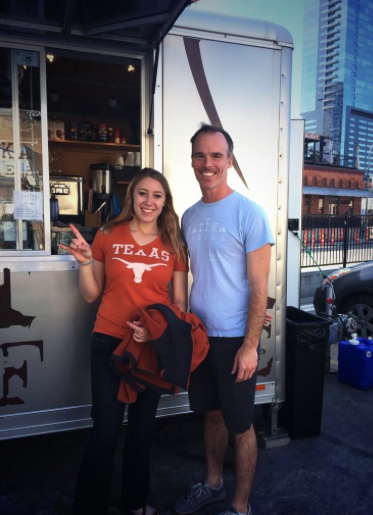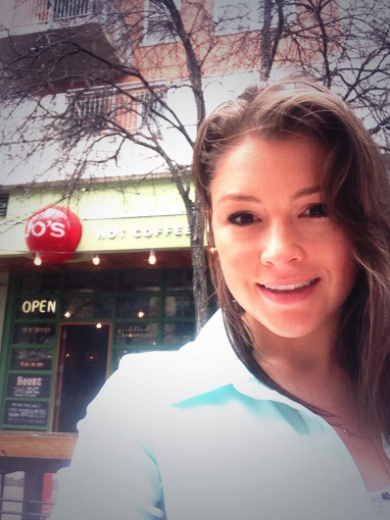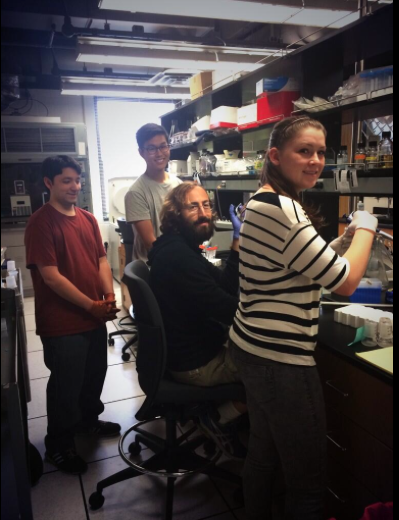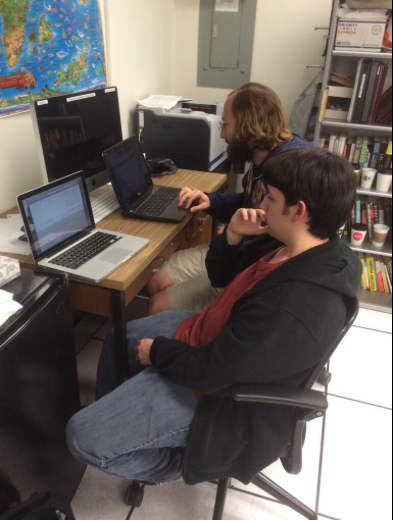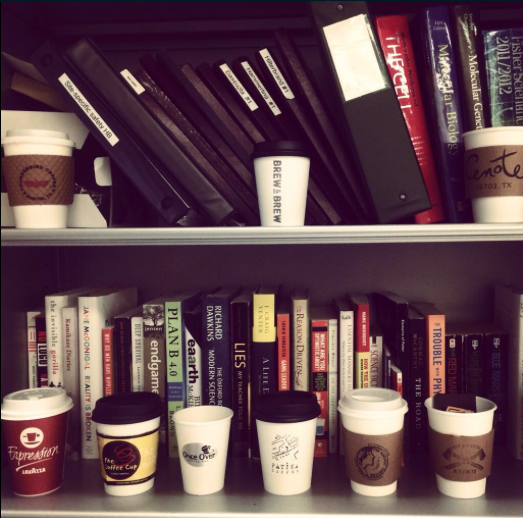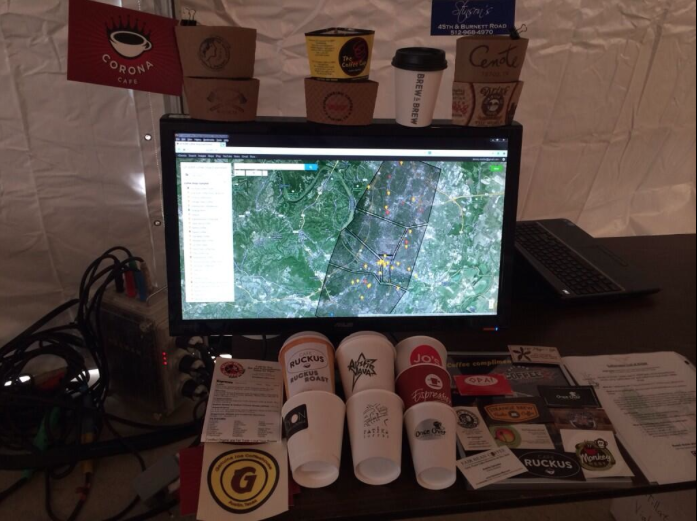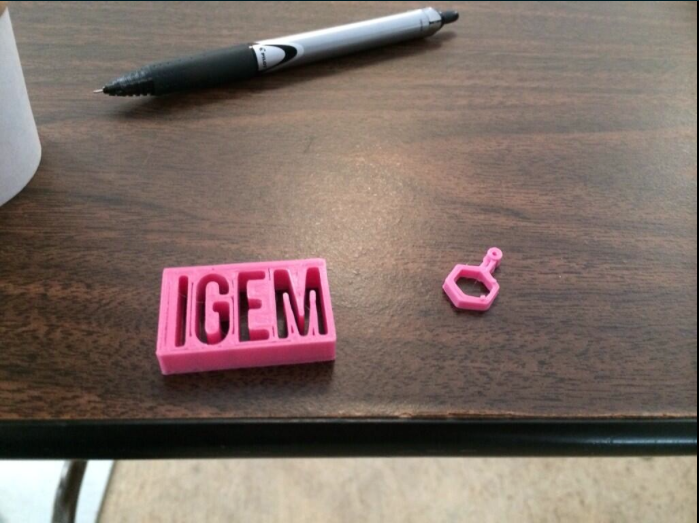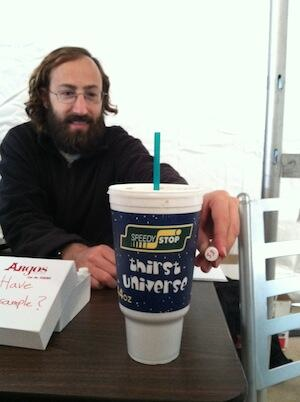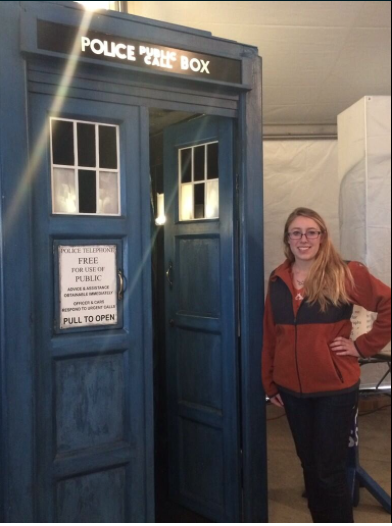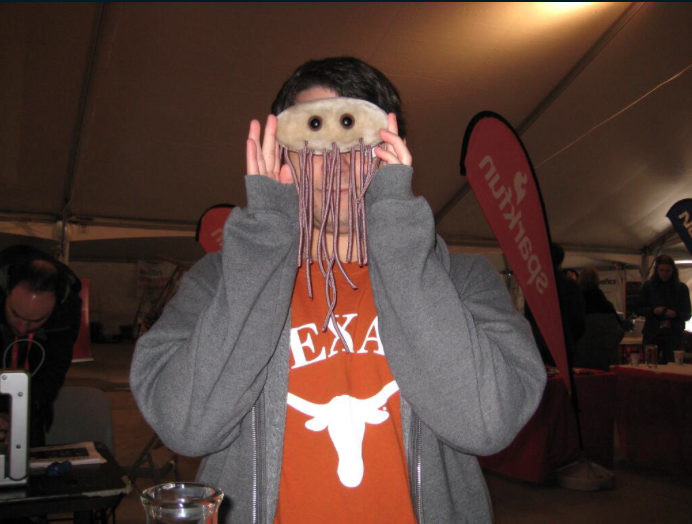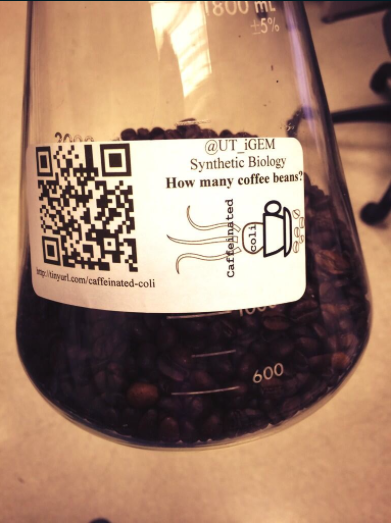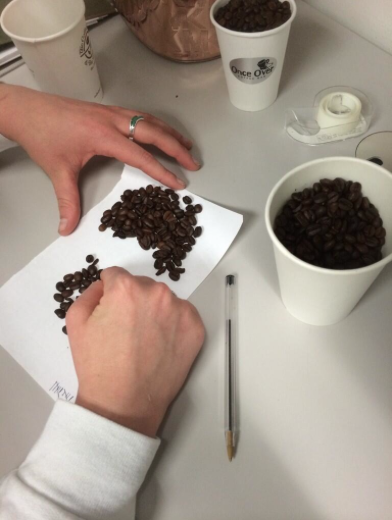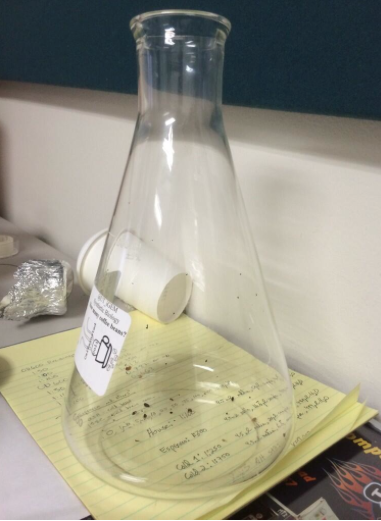Team:Austin Texas/human practices
From 2014.igem.org
| Line 134: | Line 134: | ||
[[file:e.coliplush.png|thumb|right| Coffee bean counting contest]] | [[file:e.coliplush.png|thumb|right| Coffee bean counting contest]] | ||
People were also extremely curious as to why the Wright Bros. Brew & Brew sample had a significantly higher amount of caffeine. This data point resulted in one of the owners of Wright Bros. Brew & Brew contacting us, to understand our process of determining caffeine content and why they were so far outside the mean. The owner, Matt Wright, concluded, after discussing our project and the coffee brewing process (and consulting with employees), that the specific pot of coffee was probably just not fully drained, i.e. there was less water in the batch than normal, resulting in a higher caffeine/volume content. This was just a starting point though as the conversation with Mr. Wright spanned the entire process of making coffee, quality control, and a little bit of the science behind the process. It also developed a nice contact point for a future continuation of science and coffee. | People were also extremely curious as to why the Wright Bros. Brew & Brew sample had a significantly higher amount of caffeine. This data point resulted in one of the owners of Wright Bros. Brew & Brew contacting us, to understand our process of determining caffeine content and why they were so far outside the mean. The owner, Matt Wright, concluded, after discussing our project and the coffee brewing process (and consulting with employees), that the specific pot of coffee was probably just not fully drained, i.e. there was less water in the batch than normal, resulting in a higher caffeine/volume content. This was just a starting point though as the conversation with Mr. Wright spanned the entire process of making coffee, quality control, and a little bit of the science behind the process. It also developed a nice contact point for a future continuation of science and coffee. | ||
| + | |||
Similar conversations involving science, synthetic biology, coffee, and the community occurred throughout the entire SXSW event. The various coffee shop owners and baristas were curious if they could employ science to help them make a better drink or a more customizable product. Some of the SXSW attendees were in the coffee-making business and were interested in thinking about whether such science could be used to understand where the caffeine goes during each step in the coffee-making process. And a number of individuals who home brew coffee of kombucha or other organic drinks wondered if we could test their samples to determine the amount of caffeine they have in their beverages. We, of course, said yes! | Similar conversations involving science, synthetic biology, coffee, and the community occurred throughout the entire SXSW event. The various coffee shop owners and baristas were curious if they could employ science to help them make a better drink or a more customizable product. Some of the SXSW attendees were in the coffee-making business and were interested in thinking about whether such science could be used to understand where the caffeine goes during each step in the coffee-making process. And a number of individuals who home brew coffee of kombucha or other organic drinks wondered if we could test their samples to determine the amount of caffeine they have in their beverages. We, of course, said yes! | ||
Revision as of 03:02, 17 October 2014
| |||||||||||||||||||||||||||||
 "
"

